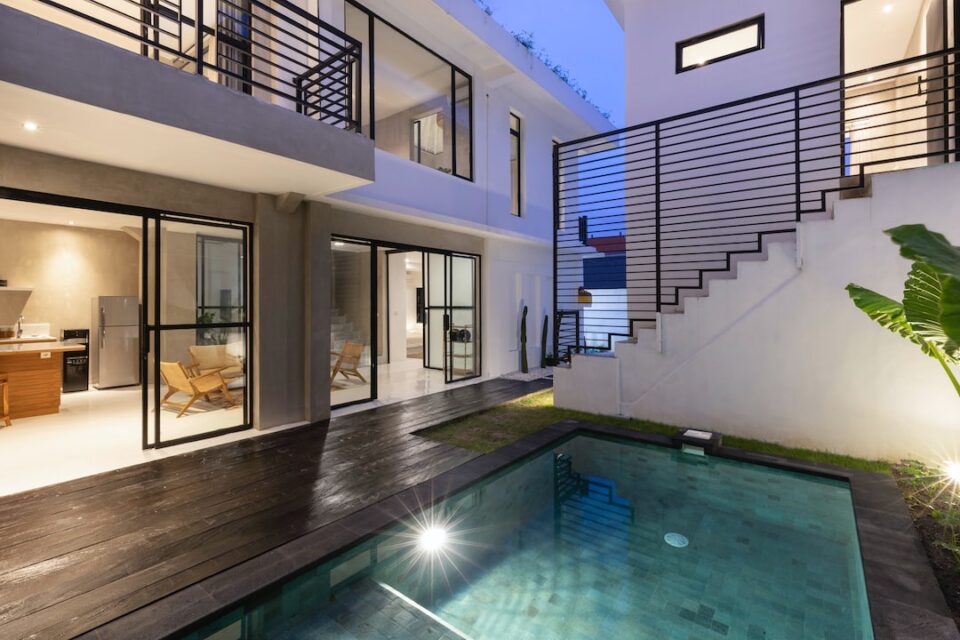The Rise of Sustainable and Eco-Friendly Homes
In recent years, there has been a noticeable shift in the housing industry towards sustainability and eco-friendliness. Homebuyers are becoming increasingly aware of the environmental impact of their living spaces and are demanding greener alternatives. As a result, sustainable and eco-friendly homes are on the rise, revolutionizing the way we live and interact with our environment.
One of the driving forces behind this growing trend is the urgency to reduce carbon emissions and combat climate change. Traditional homes are known to contribute significantly to greenhouse gas emissions through energy consumption, inefficient insulation, and the use of non-renewable materials. Sustainable homes, on the other hand, are specifically designed to minimize their carbon footprint. These homes are energy-efficient, utilize renewable energy sources, and are constructed using eco-friendly materials.
Energy efficiency is at the forefront of sustainable home design. These homes incorporate various features that reduce energy consumption, such as solar panels, which harness the power of the sun to provide electricity. This not only reduces the homeowner’s reliance on fossil fuels but also saves them money on their energy bills. Additionally, sustainable homes utilize advanced insulation techniques to ensure that energy is not wasted by escaping through walls or windows. With these energy-efficient solutions, homeowners can significantly lower their energy usage and contribute to a healthier planet.
Apart from energy efficiency, sustainable homes also focus on water conservation. These homes feature water-saving fixtures and appliances that help minimize water usage. Low-flow toilets, faucets, and showerheads ensure that water is not wasted unnecessarily. Furthermore, sustainable homes often incorporate rainwater harvesting systems, which collect rainwater and store it for later use in activities such as gardening. By conserving water, homeowners can reduce their impact on local water sources and help mitigate water scarcity issues.
Another aspect of sustainable homes is the use of eco-friendly materials. Traditional construction often relies on materials such as concrete and wood, which are resource-intensive and have a high carbon footprint. In contrast, sustainable homes are built using sustainable building materials like bamboo, recycled steel, and reclaimed wood. These materials are renewable, have a lower environmental impact, and can be recycled or repurposed at the end of their lifecycle. By using eco-friendly materials, sustainable homes offer a more sustainable alternative to traditional construction practices.
Moreover, sustainable homes prioritize indoor air quality by minimizing the use of toxic materials. Traditional homes often contain harmful chemicals, such as volatile organic compounds (VOCs), which are emitted from paints, furniture, and cleaning products. Sustainable homes, however, use non-toxic and natural alternatives that promote better indoor air quality. This is particularly beneficial for residents with respiratory conditions or allergies, as they can breathe cleaner air and enjoy a healthier living environment.
The rise of sustainable and eco-friendly homes is evidence of a growing movement towards a more sustainable future. With increased awareness about the environmental impact of our living spaces, homebuyers are actively seeking greener alternatives that align with their values. Sustainable homes offer numerous benefits, including reduced energy consumption, lower utility bills, and improved indoor air quality. By choosing to live in a sustainable home, individuals are making a conscious decision to contribute to a healthier planet and ensure a brighter future for generations to come.


